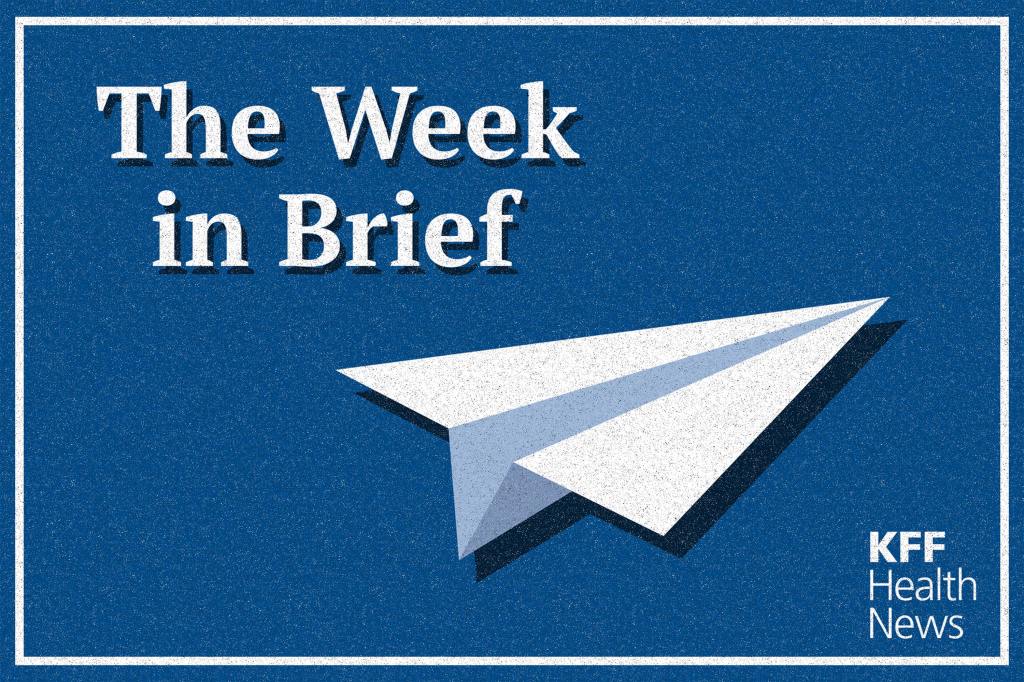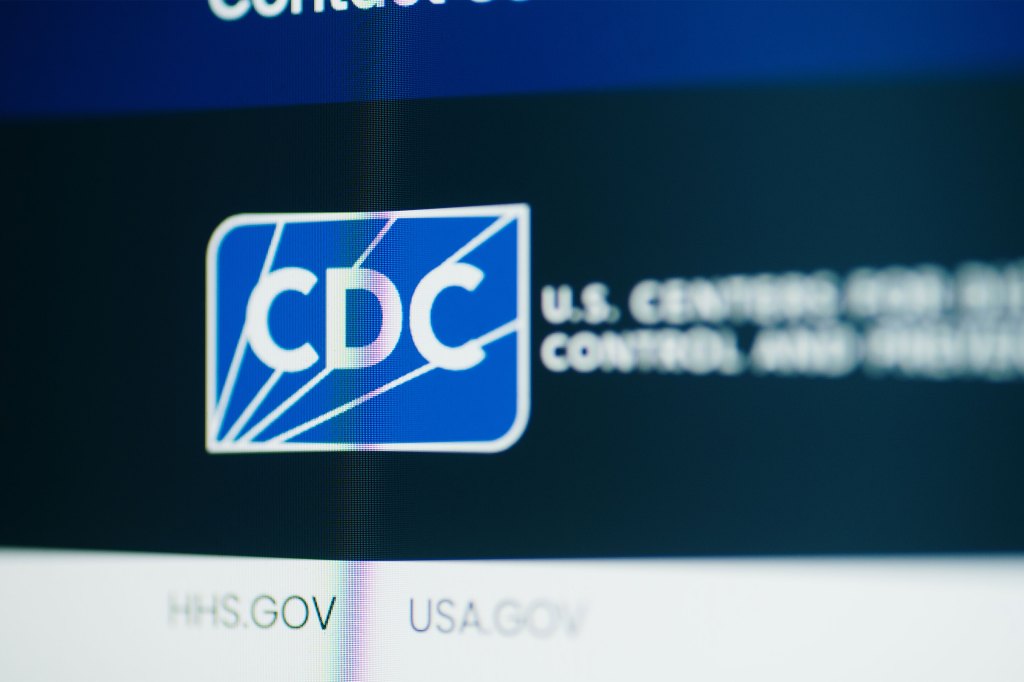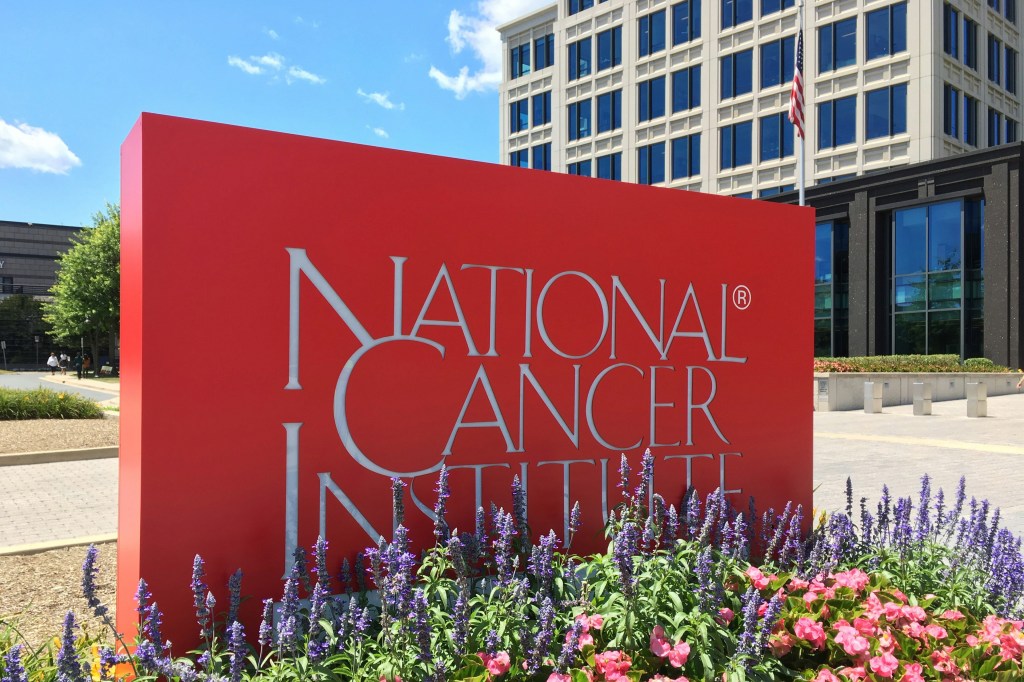Typically, cost effectiveness analyses assume a constant price between drug approvals and loss of exclusivity. It is not clear, however, to what extent that assumption is valid, particularly after taking into account drug price discounts and rebates.
A paper by Lin et al. (2024) uses 2007-2023 data on drug prices from SSR Health to answer this question. SSR Health net price data include adjustments for manufacturer discounts, coupons, and rebates, and the authors then adjust all prices for inflation as well. The authors use data across 44 drugs which include drugs that CMS evaluated as part of the Year 1 drug price negotiation and additional drugs CMS is likely to evaluate in the next 3 years. Two statistical approaches were used:
An ordinary least squared (which used the step function to identify predictors) to measure average annual price changes,A mixed-effects regression model (which used the dredge function to identify predictors) to predict the natural log of price at each time point after a drug’s launch
Predictors included: FDA approval calendar year, small molecule (vs. biologic), number of indications, Medicare protected class status, if the drug was a ‘combined’ drug with multiple active ingredients, whether the drug was approved via accelerated approval, and if the drug had an oncology indication.
Based solely on a descriptive analysis, the authors find that:
The average mean change rate across drugs was an annual reduction of 4.7%, whereas the
median mean change rate was an annual reduction of 2.4%. The 25th percentile was an annual reduction of 8.1%, whereas the 75th percentile was an annual reduction of 0.1%. Of the 32 drugs in our sample, mean annual price changes for 25 (78%) were negative,
suggesting that most drugs had lower net prices at the end of the observed period, after adjusting for inflation. Mean annual price changes ranged from a reduction of 23.8% to a gain of 9.5%.
Incorporating drug characteristics, price reductions were even larger for a reference case that excludes Medicare Medicare protected class drugs.
The OLS winsorized model yielded a mean annual price reduction of 6.1% (95% CI 3.4%-8.8%; P< .001). Mean annual price changes for drugs approved from 2014 to 2018 were 3.0% lower than for drugs approved from 2007 to 2013 (95% CI 26.4% to 10.3%; P = .08). Annual price increases for Medicare-protected drugs were 8.1% higher than for non-Medicare-protected drugs (95% CI 4.6%-11.5%; P<.001).
You can read the full paper here.







